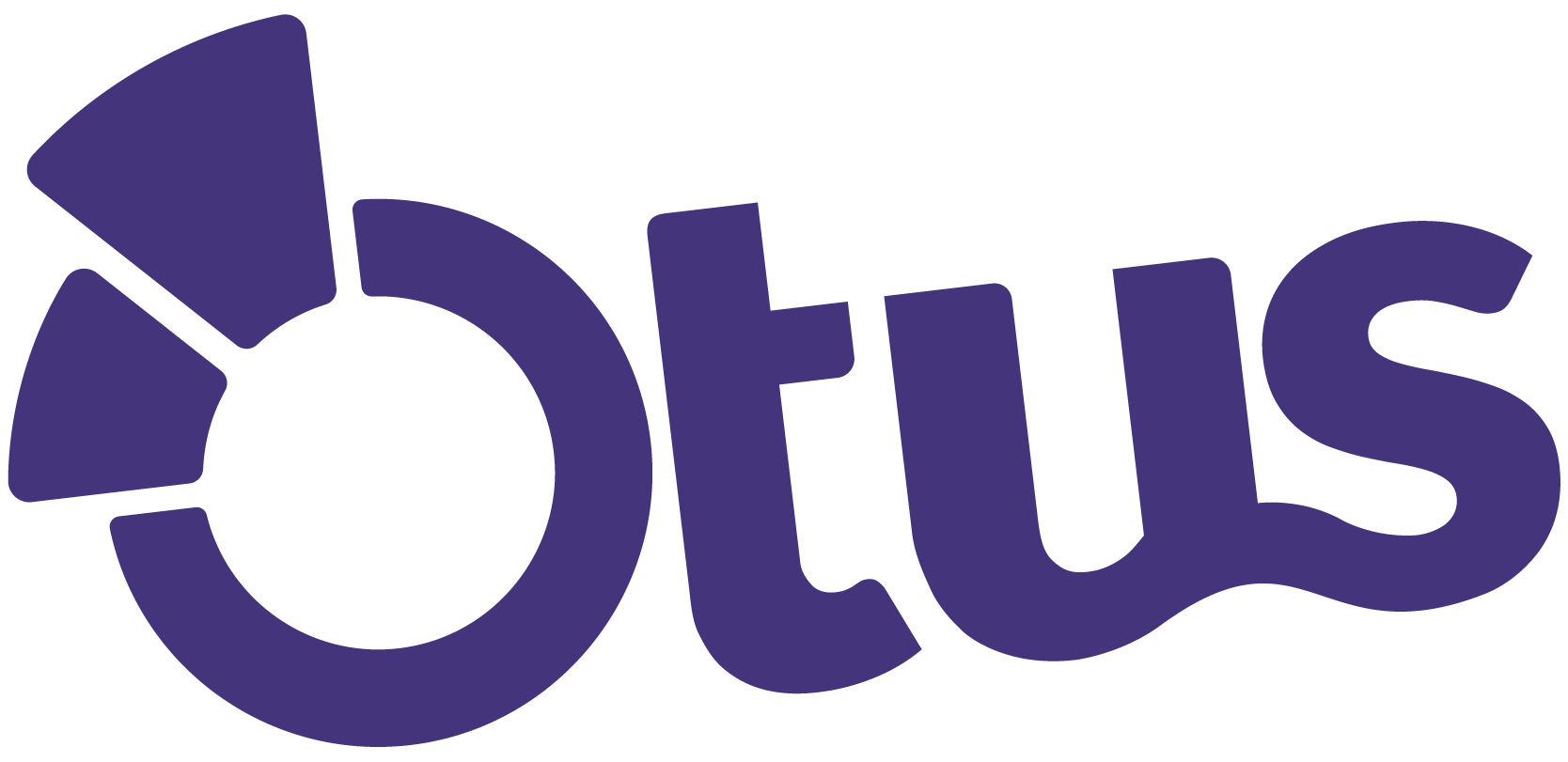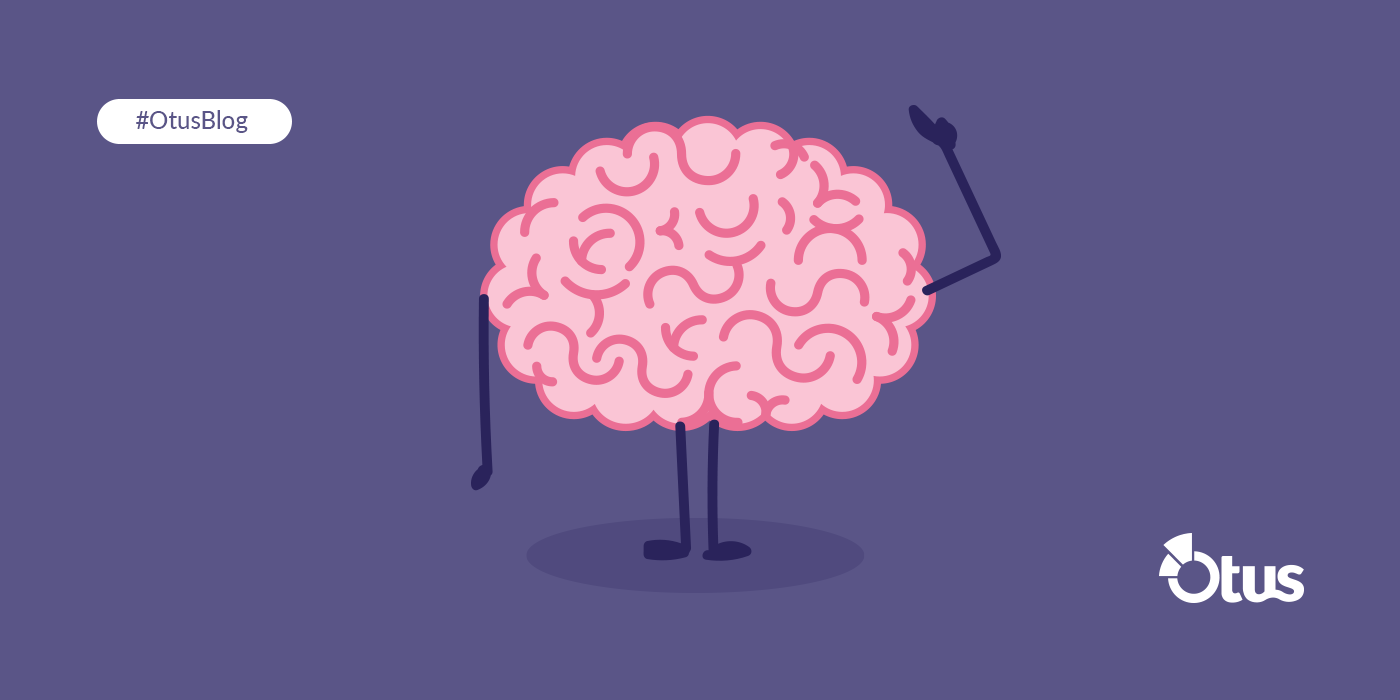As educators, one of our goals is to create assessments that engage and stimulate all learners. Likewise, Otus’ new Assessment engine provides more than 60 technology-enhanced item types like fill in the blank, classify, match and order, highlight, math, graphing, charts, and chemistry items that support teachers in creating powerful and interactive assessments for students.
The new Assessment engine in Otus can support educators implementing Universal Design for Learning (UDL) principles while building assessments tailored to individual students—”not a single, one-size-fits-all solution but rather flexible approaches able to be customized and adjusted for individual needs.”1
According to the National Center on Universal Design for Learning, UDL is a process that maximizes learning for all students, can minimize the need for individual accommodations, and eventually benefits every learner by considering multiple learning modalities. With Otus’ new Assessment engine, we can create assignments that complement methods of differentiation based upon three essential principles of UDL—representation, expression, and engagement.2
Designing assessment items with multiple means of representation gives learners various ways of acquiring information and knowledge. Since learners differ in the ways they perceive and comprehend information presented to them, the strategies listed below can reduce barriers to learning and ensure assessment questions can provide information to students through different modalities.3
First, educators can design assessment items that provide varied options for perception. The information can be displayed in a flexible format that adjusts the size of text, images, graphs, tables, or other visual content to ensure material is accessible and comprehensible for all learners.4
- The following is an example of an assessment item that adjusts the size of text and images and the layout of visual element.
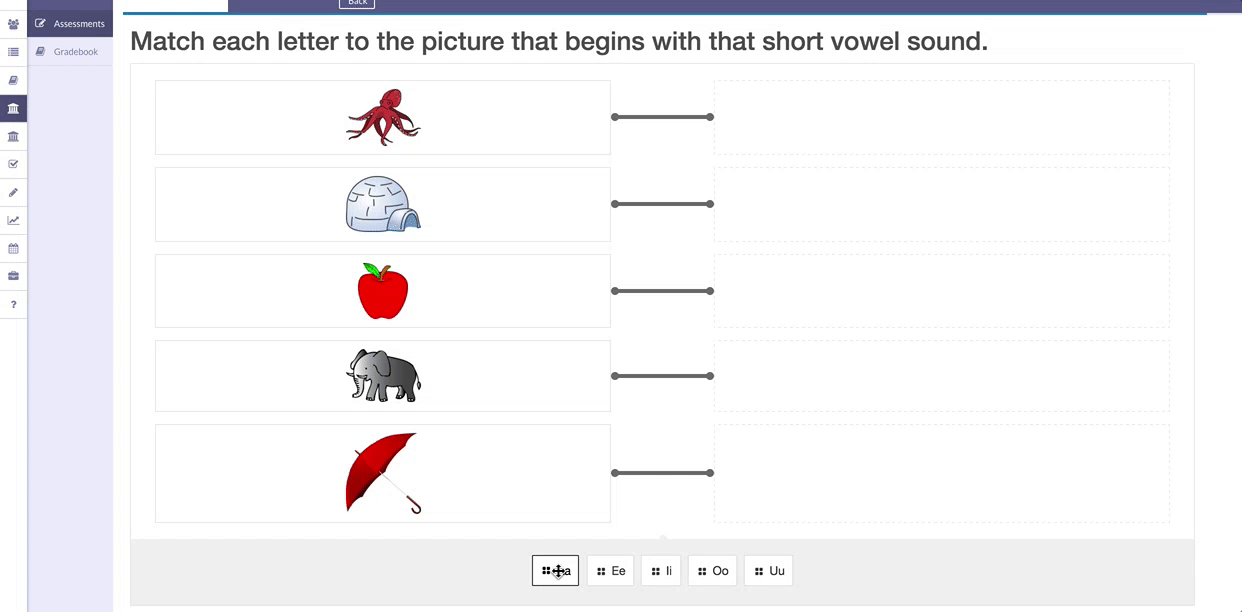
Next, we can design assessment items in Otus that provide options for comprehension. Proper design and presentation of information can provide the scaffolds necessary to ensure all learners can use strategies involved in the selection and manipulation of information so it can be better summarized, categorized, prioritized, contextualized, and remembered.5
- Here is an example of a series of assessment items that scaffold the delivery of information to students, represent multiple means of expression, and complement methods of differentiation which demonstrate the same outcomes but use differing approaches, strategies, and skills.6
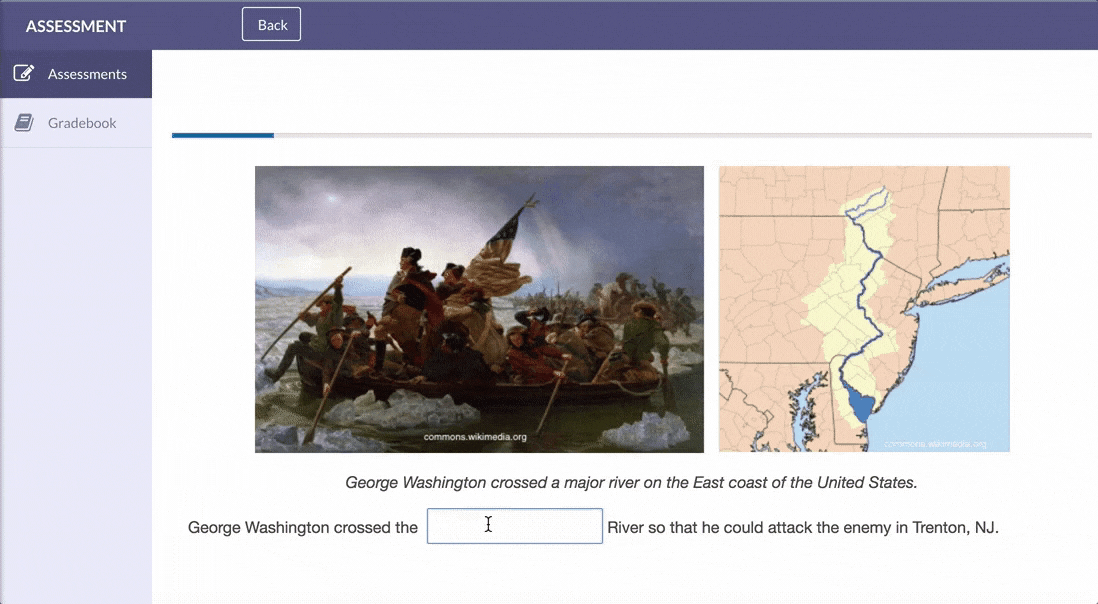
Students are able to fill in the blanks by typing their response.
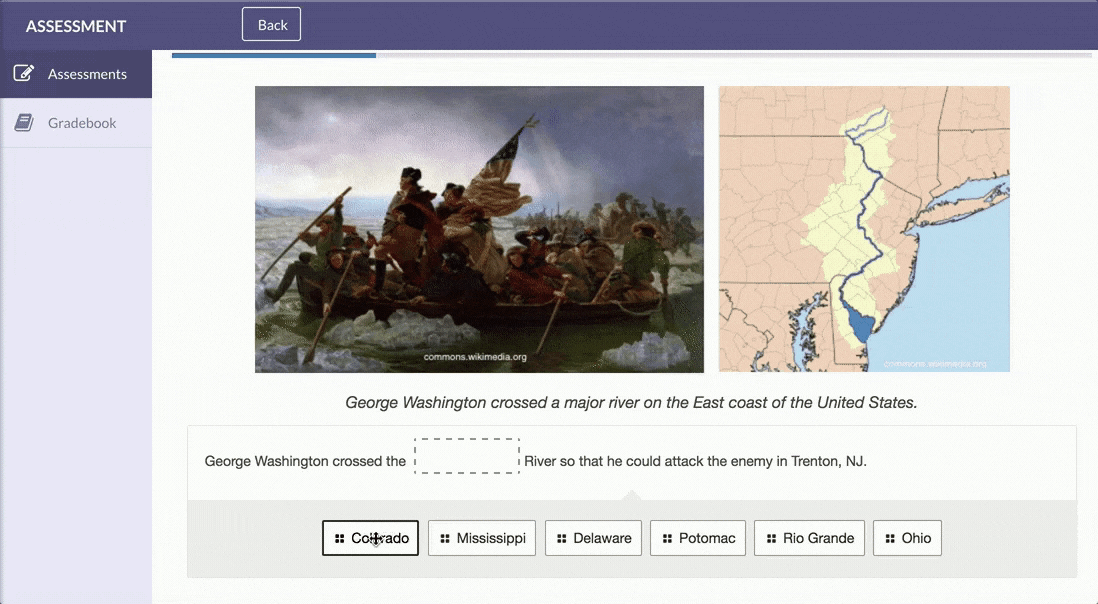
Students are able to fill in the blanks with drag and drop. Teachers can provide students with a variety of answer options to select.
Lastly, we must remember to ensure that multiple representations are provided for language, mathematical expressions, and symbols. This strategy ensures information is accessible and provides clarity and comprehensibility for all learners.7
- Here is an example of an assessment item that explicitly links information provided in text with an accompanying illustration. These items provide multiple means of expression since they are tasks that allow for active participation, exploration, and experimentation.7
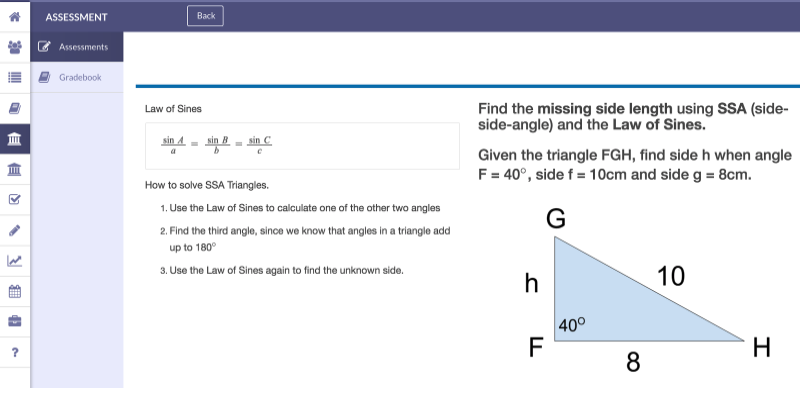
Due to the visual layout of text and visual elements, students are provided alternative representations that clarify, or make more explicit, the language and meaning of terms in the math problem.7
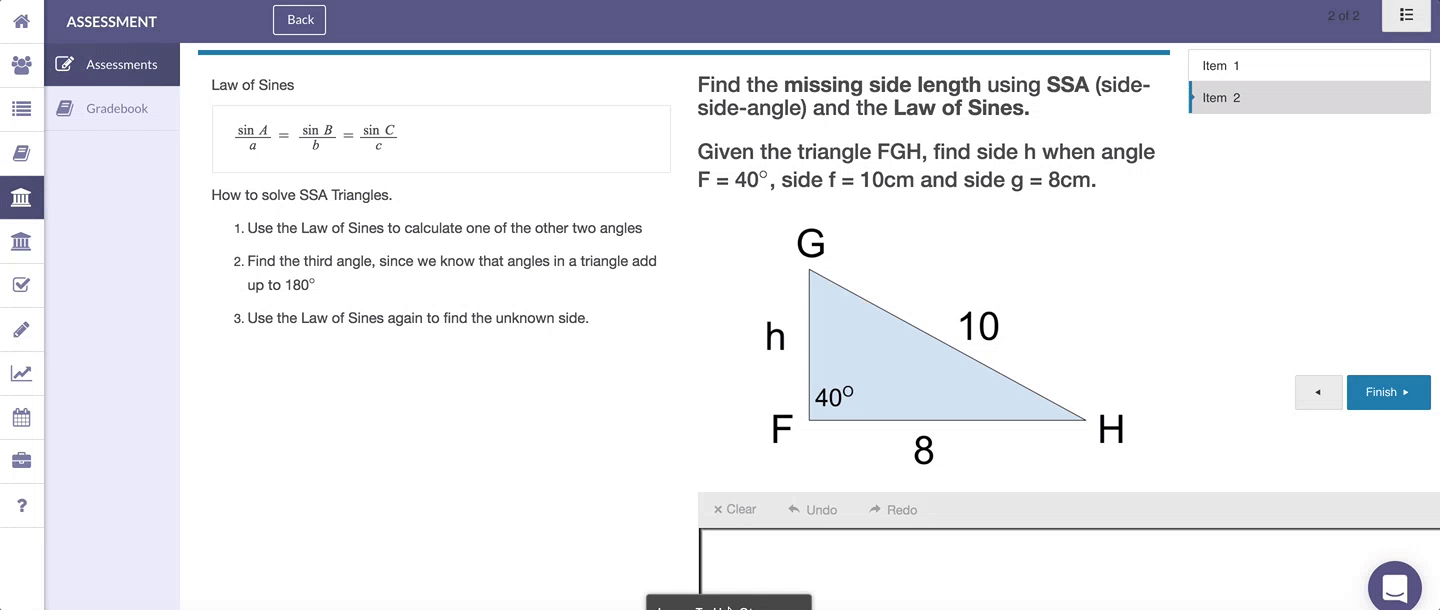
Students are able to show their work while they solve the math problem and physically interact with the assessment item by hand.
By providing multiple means of engagement, educators can provide mastery-oriented feedback when they replay the student work. Being able to identify patterns of errors and wrong answers provides students with feedback that encourages perseverance, focuses on development of efficacy and self-awareness, and encourages the use of specific supports as positive strategies for future success.8
References
1.Bob Samples and Bill Hammond, “Holistic Learning,” The Science Teacher 52 (8) (November 1985): 40-43
2. “About UDL: Learn the Basics,” National Center on Universal Design for Learning, last updated March 26, 2015, http://www.udlcenter.org/aboutudl.
3. Samples and Hammond, “Holistic Learning,” and Jessica H. Hunt and Janet B. Andreasen, “Making the Most of Universal Design for Learning,” Mathematics Teaching in the Middle School 17, no. 3 (2011): 166-72, doi:10.5951/mathteacmiddscho.17.3.0166.
4. “About UDL,” National Center on Universal Design for Learning.
5. Hunt and Andreasen, “Making the Most of Universal Design for Learning.”
6. “About UDL,” National Center on Universal Design for Learning.
7. Ibid.
8. Ibid.
